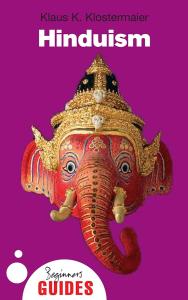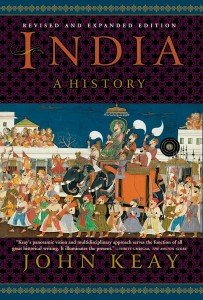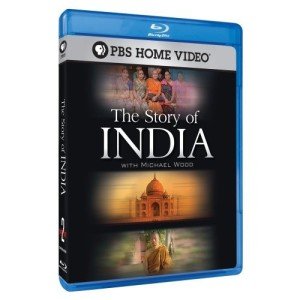Review of The Complete Illustrated Guide to Hinduism
An In-Depth Exploration of One of the World's Oldest Religions
Rasamandala Das's The Complete Illustrated Guide to Hinduism, published by Lorenz Books in 2017, is a visually rich and deeply informative work that serves as an accessible introduction to the vast and intricate tapestry of Hinduism. Combining scholarly depth with engaging visuals, this book successfully captures the essence of a religion that has shaped the spiritual, cultural, and philosophical fabric of the world for millennia.
Structure and Content
The book is divided into well-structured sections, each offering a comprehensive exploration of different aspects of Hinduism. From cosmology and sacred texts to practices, rituals, and festivals, Rasamandala Das leaves no stone unturned in providing a comprehensive and holistic perspective on the faith. The chapters are meticulously organized, making it easy for readers to navigate through topics ranging from the Vedas and Upanishads to the Ramayana and Mahabharata.
A Focus on Philosophy and Spirituality
One of the book's standout features is its dedicated attention to the philosophical underpinnings of Hinduism. Das eloquently delves into the core concepts of dharma (duty), karma (action and consequence), and moksha (liberation), explaining these profound ideas with clarity and simplicity. The author also highlights the diversity within Hinduism, illustrating how different schools of thought—such as Advaita Vedanta, Bhakti, and Yoga—contribute to the religion's rich philosophical landscape.
Illustrations and Visual Appeal
As the title suggests, this guide is heavily illustrated, and its visuals are nothing short of mesmerizing. Full-color photographs, detailed diagrams, and artistic depictions of deities, temples, and rituals bring the text to life. The careful curation of these images complements the narrative, providing context and aiding in the understanding of abstract concepts. Whether it's an intricate sculpture of Krishna or a vibrant photograph of the Holi festival, the visuals immerse readers in the beauty and vibrancy of Hindu culture.
Accessibility and Audience
Rasamandala Das has crafted the book with a broad audience in mind. It is equally suitable for beginners unfamiliar with Hinduism and for those who have some prior knowledge but wish to deepen their understanding of the subject. The language is clear and accessible, avoiding overly academic jargon while still maintaining intellectual rigor. This balance makes it an excellent resource for students, educators, and anyone curious about the spiritual traditions of India.
The Strengths of the Book
Breadth and Depth: One of the book's greatest strengths is its ability to cover a broad spectrum of topics without sacrificing depth. Readers will come away with a well-rounded understanding of not just the teachings of Hinduism but also its historical development, its influence on art and architecture, and its role in modern society.
Cultural Sensitivity: Das approaches the subject matter with great respect and sensitivity, ensuring that the nuances of Hindu culture and spirituality are conveyed authentically. This is particularly important in a text intended for a global audience, as it avoids oversimplification or misrepresentation.
Engaging Visuals: The illustrations are not merely decorative; they play a crucial role in enhancing comprehension and engagement. The images serve as a bridge between abstract ideas and tangible understanding, making the book highly engaging.
Areas for Improvement
Despite its many strengths, the book has some minor shortcomings. Some readers may find that certain topics, such as regional variations in Hindu practices or the role of Hinduism in contemporary global issues, are only briefly addressed. Additionally, while the visual emphasis is a major asset, it may overshadow the narrative for those who prefer a more text-heavy exploration.
Conclusion
The Complete Illustrated Guide to Hinduism by Rasamandala Das is an exceptional resource that succeeds in its goal of making Hinduism more accessible to a global audience. Its combination of scholarly insight, cultural sensitivity, and stunning visuals makes it a standout work in its genre. While it may not exhaustively address every facet of Hinduism, it provides an invaluable entry point for anyone seeking to explore this ancient and profound faith.
For those interested in the intersection of spirituality, culture, and philosophy, this book is a treasure trove of wisdom and beauty. It not only educates but also inspires, leaving readers with a deeper appreciation for the richness of Hindu traditions. Whether you are a student, a spiritual seeker, or simply someone with an interest in world religions, this guide is well worth adding to your collection.






